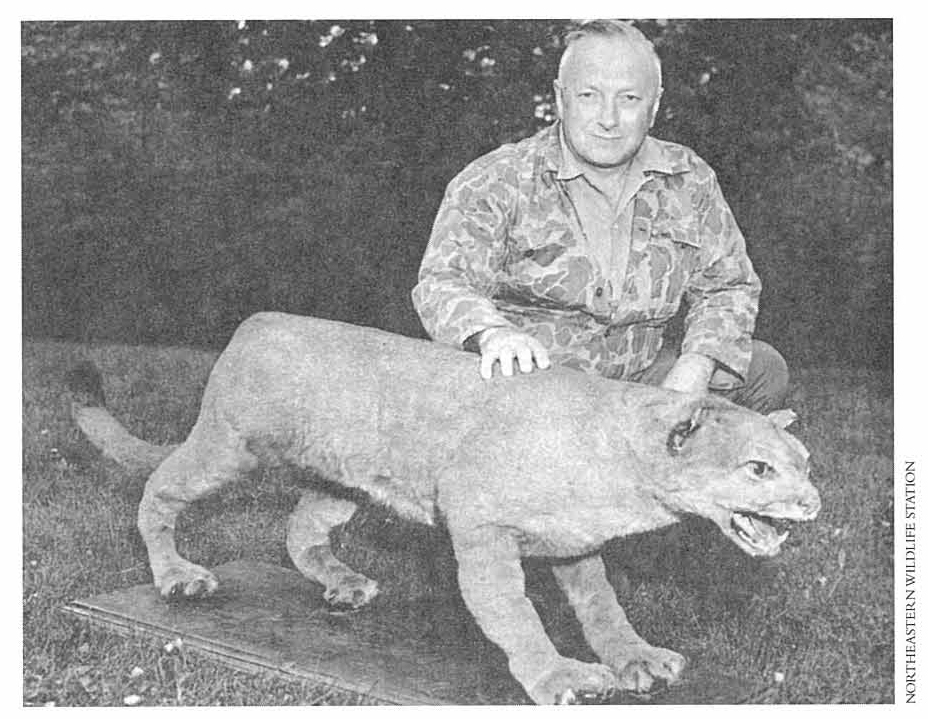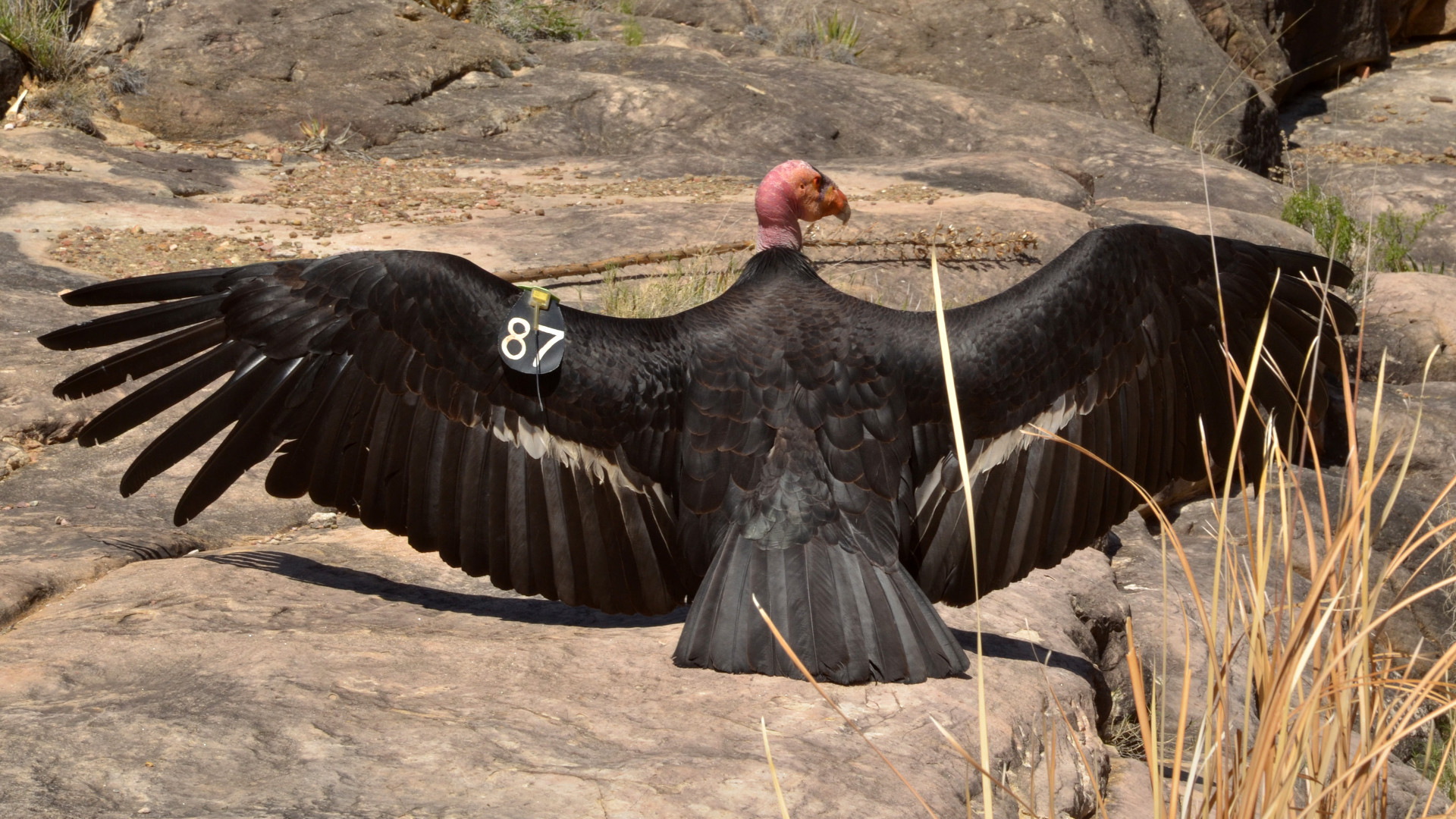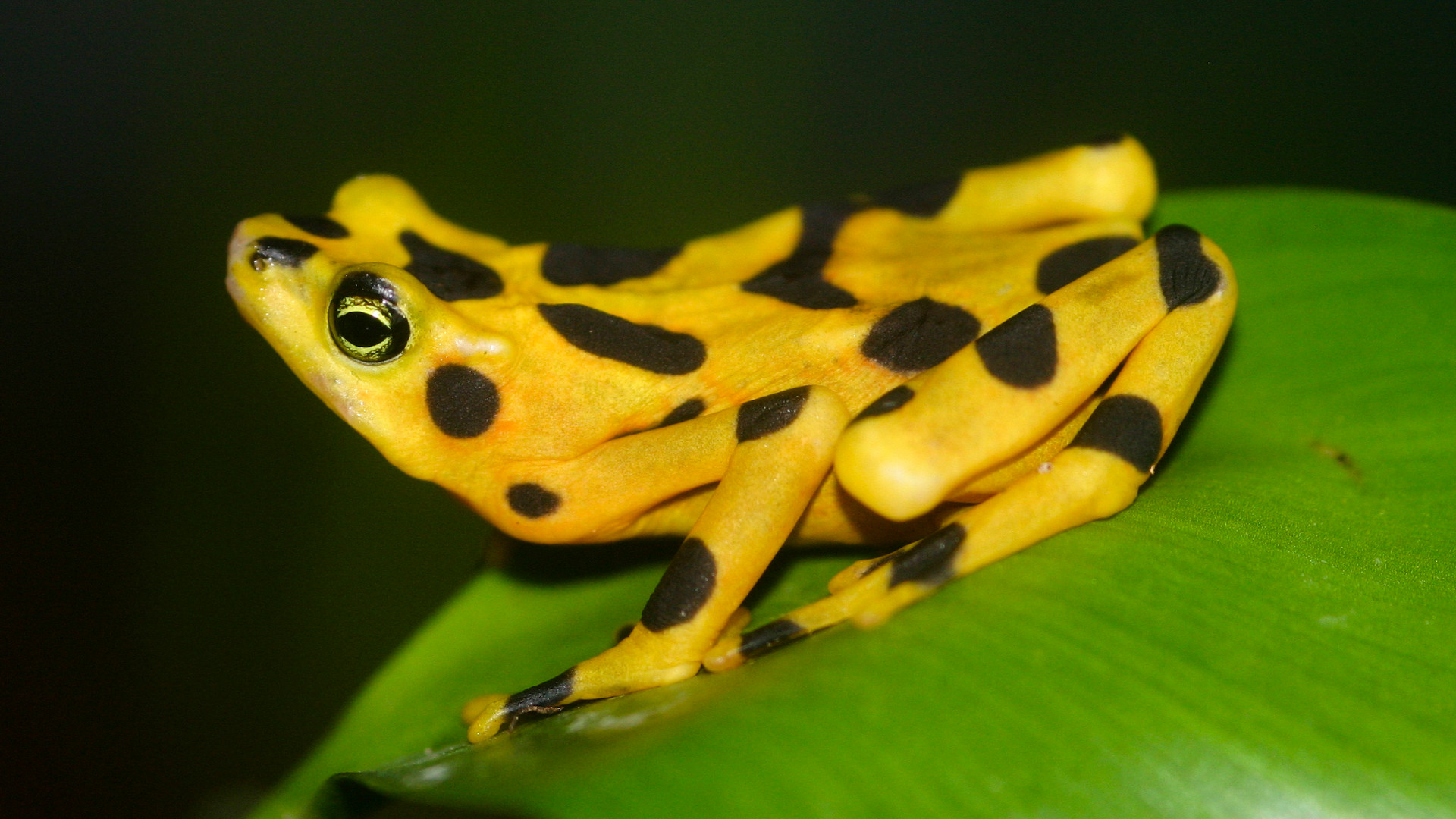We’ve been hearing it for years: The world is in the midst of a biodiversity crisis, with species going extinct at a rate 1,000 times faster because of human impact on the environment.
Most recently a report from the United Nations’ Intergovernmental Science-Policy Platform on Biodiversity and Ecosystem Services estimated that as many as a million species risk extinction in the coming decades due to human-related activities.
All of which raises the question: If so many species are going extinct, why don’t we hear about new extinctions every day?
The answer to that question is more complex than you might think.
1. It Takes Time
Once in a while, the last known individual of a species dies while on display in a zoo or other institution — for example, Martha the passenger pigeon or Toughie the last Rabbs’ tree frog. But in the vast majority of cases, the existence of the final representative of a species — the “endling” — is unknown. The norm is a species disappearing in the wild, one by one, far from human eyes. No one witnesses it die out. It declines silently until one day it’s just…gone.
And when that happens, it’s not easy for researchers to show that a species has vanished forever.
“Proving the negative is always impossible. Getting close to the demonstration that something must not exist anymore requires a lot of effort,” says H. Resit Akçakaya, professor of ecology and evolution at Stony Brook University. “It’s not sufficient to say that we didn’t see it. You need to have searched for it. Because that takes a lot of time and effort, usually species are not listed as extinct until long after they have actually gone extinct, or we think they were extinct, because we can never know, except for a very few exceptions.”
You’ll find examples of this when searching through the listings on the IUCN Red List of Threatened Species, which details the extinction risk for about 98,500 species. Many listings for rare species include the last time that particular plant or animal was observed by scientists, and that date is often decades in the past.
Take, for example, a Hawaiian bird known as the poʻouli (Melamprosops phaeosoma). The IUCN lists the species as “critically endangered (possibly extinct).” The bird hasn’t been seen in the wild since 2004, but it still hasn’t been moved into the “extinct” category. Right now there are 68 other species in that “possibly extinct” category. Hundreds more are still listed as “critically endangered” despite a lack of recent sightings.
The Endangered Species Act takes its time, too. For example, the Eastern cougar (Puma concolor couguar) was removed from the endangered species list last year, 80 years after its last confirmed sighting. Biologists spent decades looking for signs of the animal before confirming its extinction.

“We in the conservation field never want to wipe a species off the books until it’s really absolutely solidly, solidly positively dead, dead, dead,” explains Stuart Pimm, the Doris Duke professor of conservation ecology at Duke University and the founder of SavingSpecies. That’s a slow process. “For a long time, there was a rule that said it has to have been unseen for 50 years before you could declare it extinct.”
There are other criteria for declaring a species extinct. For example, a 2005 paper by Stuart Butchart and other conservation experts identified several types of evidence to be used before a species could be considered “possibly extinct.” From the paper:
- The species’ population decline must be well documented.
- It must face “severe threatening processes” such as habitat loss or intensive hunting.
- It must possess attributes known to predispose similar species to extinction, such as a small range or inability to migrate.
- And surveys have failed to detect it, with due consideration given to how easy or hard it is to observe the species.
Similarly, the paper considers four types of evidence against extinction:
- Surveys to find the species have been inadequate, perhaps because they were at the wrong time of year or the species lives in hard-to-reach areas.
- The species is difficult to see, hear or otherwise detect.
- It’s been reasonably sighted by locals, even if those sightings are unconfirmed.
- And suitable habitat still exists.
With all of this in mind, it’s likely we’ve lost a lot of species over the past few decades, but scientists are hesitant to formally shift them into the “extinct” category quite yet.
There’s an important reason for that.
2. Mistakes are Costly
“There are costs associated with listing a species as extinct, so biologists, understandably, don’t want to declare a species extinct before they are pretty certain,” says Akçakaya.
The biggest cost: Declaring a species extinct too early can actually lead to its extinction.
That’s called the “Romeo Error,” named after Shakespeare’s “Romeo and Juliet.” In the play, lovestruck Romeo mistakenly thinks his beloved Juliet is dead, so he takes his own life. That’s not exactly how it would play out in the wild, but when humans incorrectly think a species is extinct when it’s not, the error can lead to the removal of any legal protections for the species or its habitat. That means if the species is later rediscovered, protective measures have to start over at step one — assuming there’s anything left to save at that point.
One of the most well-known cases of the Romeo Error took place in the Philippines, where the island of Cebu experienced so much deforestation that several of its native species were declared extinct early in the 20th century. That included a bird called the Cebu flowerpecker (Dicaeum quadricolor), which was later rediscovered in 1992 in a tiny fragment of remaining forest. Today the bird is still critically endangered, but its populations could have been much healthier if efforts to protect it had not been abandoned decades earlier.
Of course, to experience the Romeo Error, you need a Romeo (or a Juliet) in the first place.
In other words, you need a name.
3. You Can’t Declare Extinct What You Don’t Know
The world has about 1.7 million described species. Many scientists estimate the total level of biodiversity on the planet at about 8 million, while others say it’s much higher. That means there are a lot of species yet to be identified, named, studied or assessed for their extinction risk.
“Most of the species we know must exist are not yet described,” says Akçakaya. “Since we don’t know most of the species that exist, we don’t know most of the species that are going extinct.”
We find out about some of these unnamed extinctions after the fact — sometimes long after. Two of the four extinctions I’ve reported on so far this year were species that disappeared decades ago but have only just been scientifically identified and named.
But those species were only identified because museums had samples in their collections. Otherwise no one might have noticed that they were gone, let alone known if they had lived at all. We find out about dinosaurs and other extinct prehistoric species through fossil evidence, but most plants and animals degrade and decompose pretty quickly after they die, leaving few signs that they ever existed.
It’s difficult to estimate the numbers of these unknown species, but we do know how many can exist inside intact habitats, and how many rely upon incredibly small, specific microhabitats. And we know that when those habitats disappear, so does what lived in them.
Even for species we’ve identified, we can’t assess their extinction risk if we don’t know much about them. The IUCN Red List includes about 15,000 species in a category called “data deficient” — in other words, we don’t know if they’re at risk or not, or even if they still exist. A 2016 paper by biologist Chris Parsons argued that all of these “data-deficient” species, which are often hard to find and study, should be considered “assumed threatened,” a step that would encourage policymakers to treat them as at risk rather than just “out of sight, out of mind.”
The same could probably be said for the hundreds of thousands of identified species that haven’t even made it to the IUCN Red List.
4. The Last Reason We Don’t Announce Many Extinctions: Successes
The Cebu flowerpecker, like so many other critically endangered species, continues to survive. Much as humans are to blame for so many extinctions, we’re also to be credited for helping to prevent some of these species from disappearing altogether.
For examples, look at the California condor, black-footed ferret and Mexican gray wolf. These are just a few of the species that humans nearly drove extinct that have since been saved due to modern and ever-improving conservation techniques.

“When we do find species that are hanging on by their toenails, we are in a better position to save those species from the brink of extinction,” says Pimm. “People find them and they can begin to bring them back.”
These species don’t always bounce back to safe levels, but avoiding extinction is still an achievement. “If a species is critically endangered, and has been critically endangered for the last 20 years, is that a conservation success?” asks Akçakaya. “Perhaps it is, if we can demonstrate that without conservation it would have gone extinct 10 years ago.”
Of course, saving a species requires finding out that it’s endangered early enough to do something about it — not to mention finding the last individuals. “Finding three individuals is not going to get you much,” says Pimm. “The best you can hope for is a male and a female, and there’s a possibility you’ll find that all three are male.”
That, it turns out, is another reason why some species haven’t been declared extinct yet — they’re alive, but unlikely to persist. The most notable example is the northern white rhino, which has just two females left in the world. The species still exists, but for all intents and purposes, it’s a walking case of extinction.
Given all of this, we know that many more species are going extinct than get reported. But how do we know how many are going extinct? We’ll address that question in part II of this article, coming soon.
![]()



3 thoughts on “Why Don’t We Hear About More Species Going Extinct?”
Comments are closed.